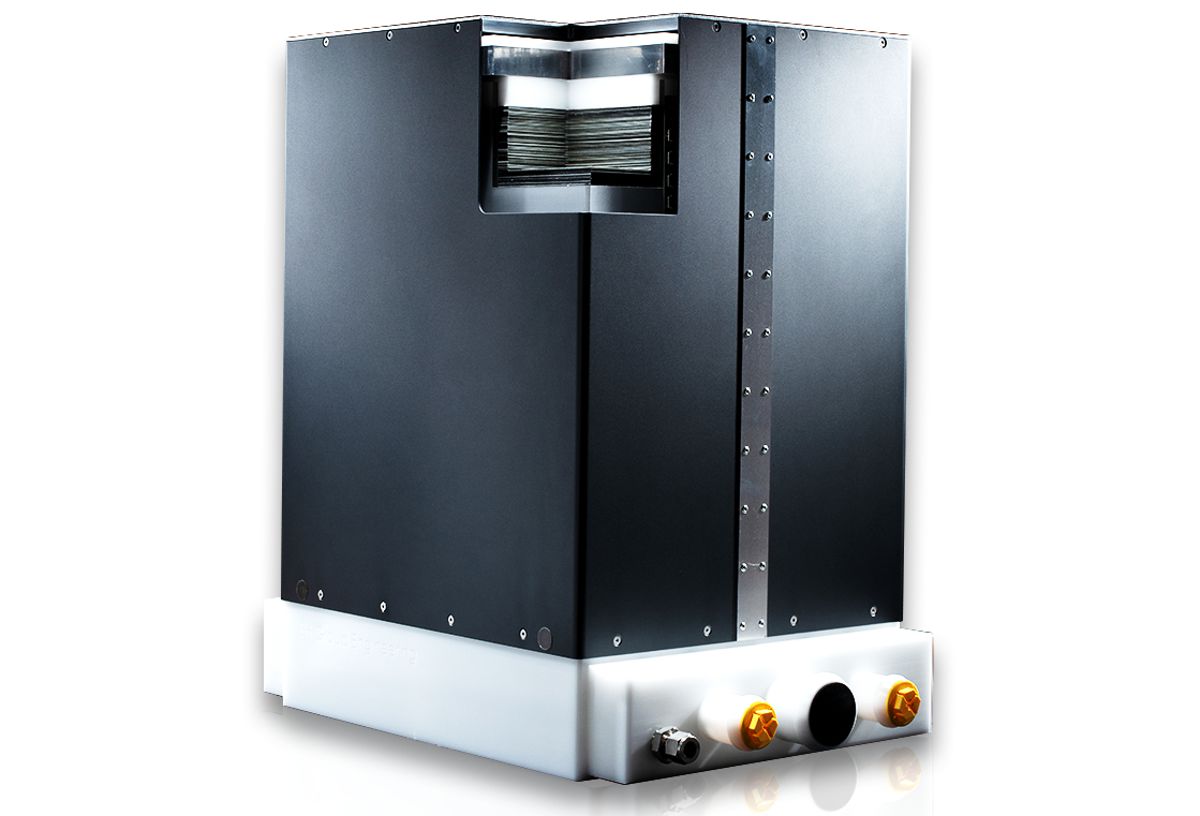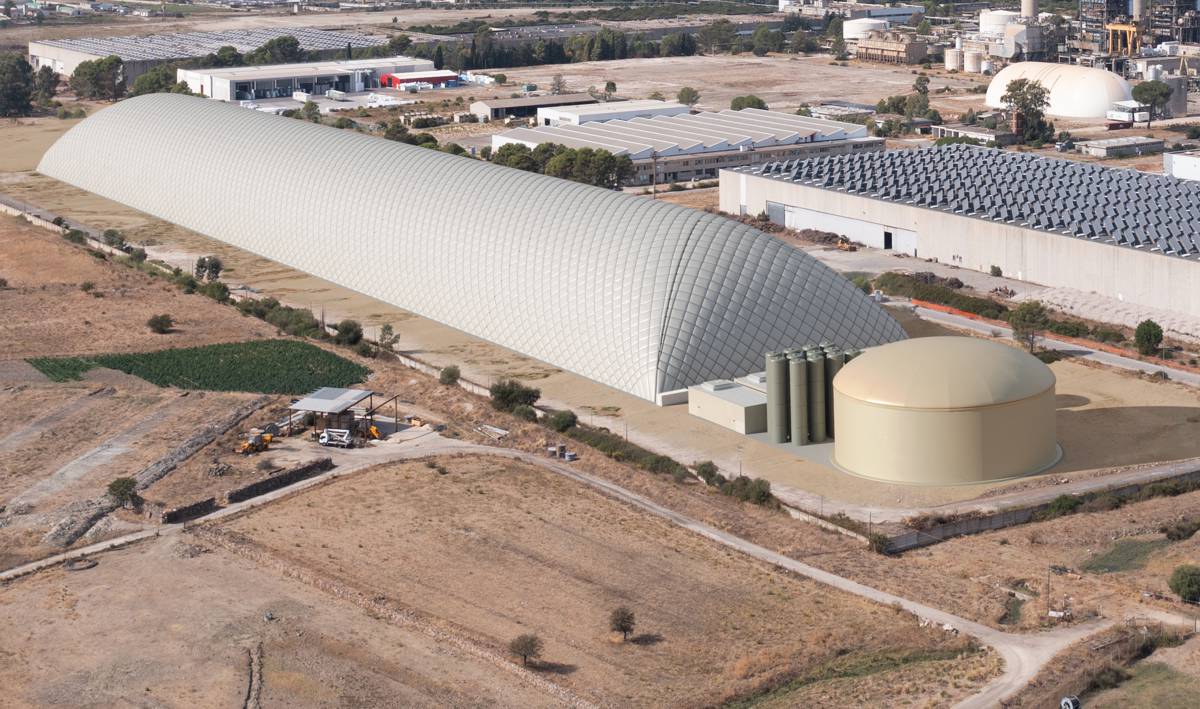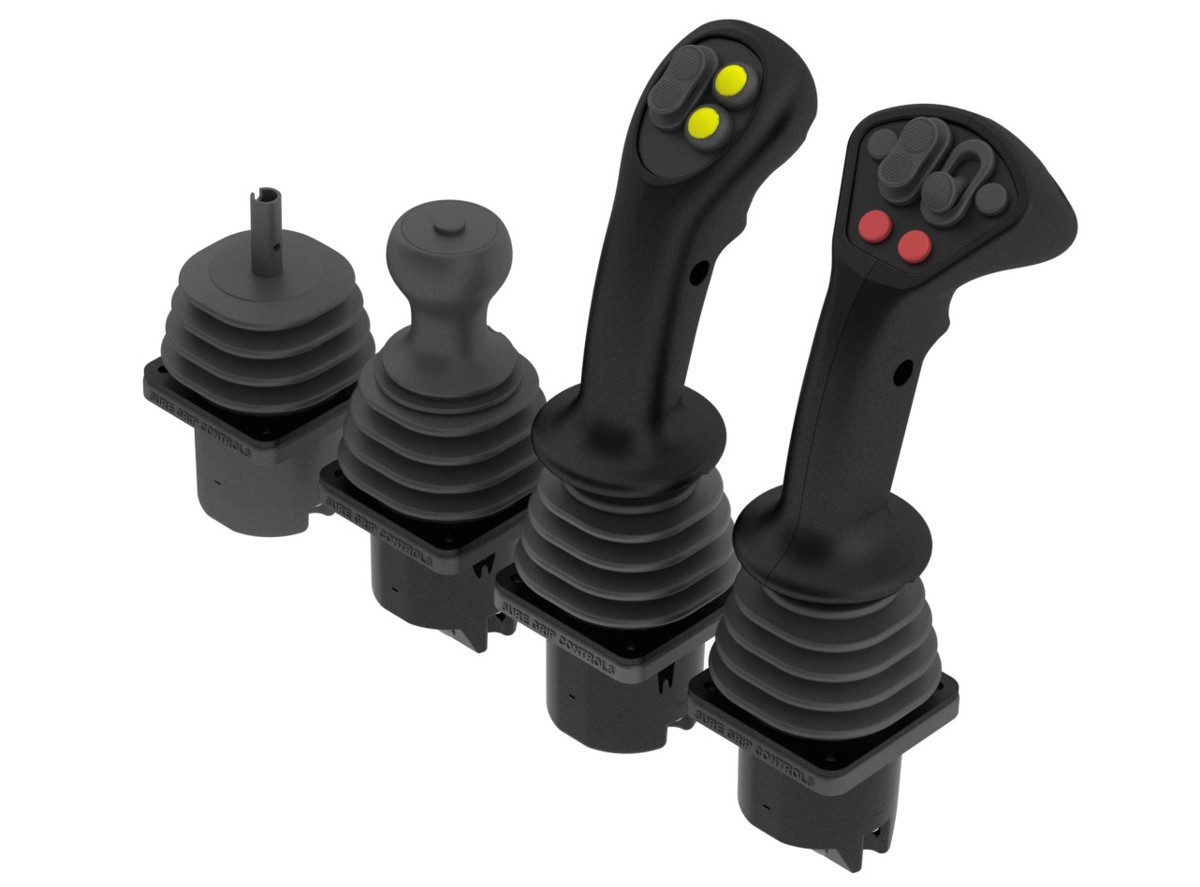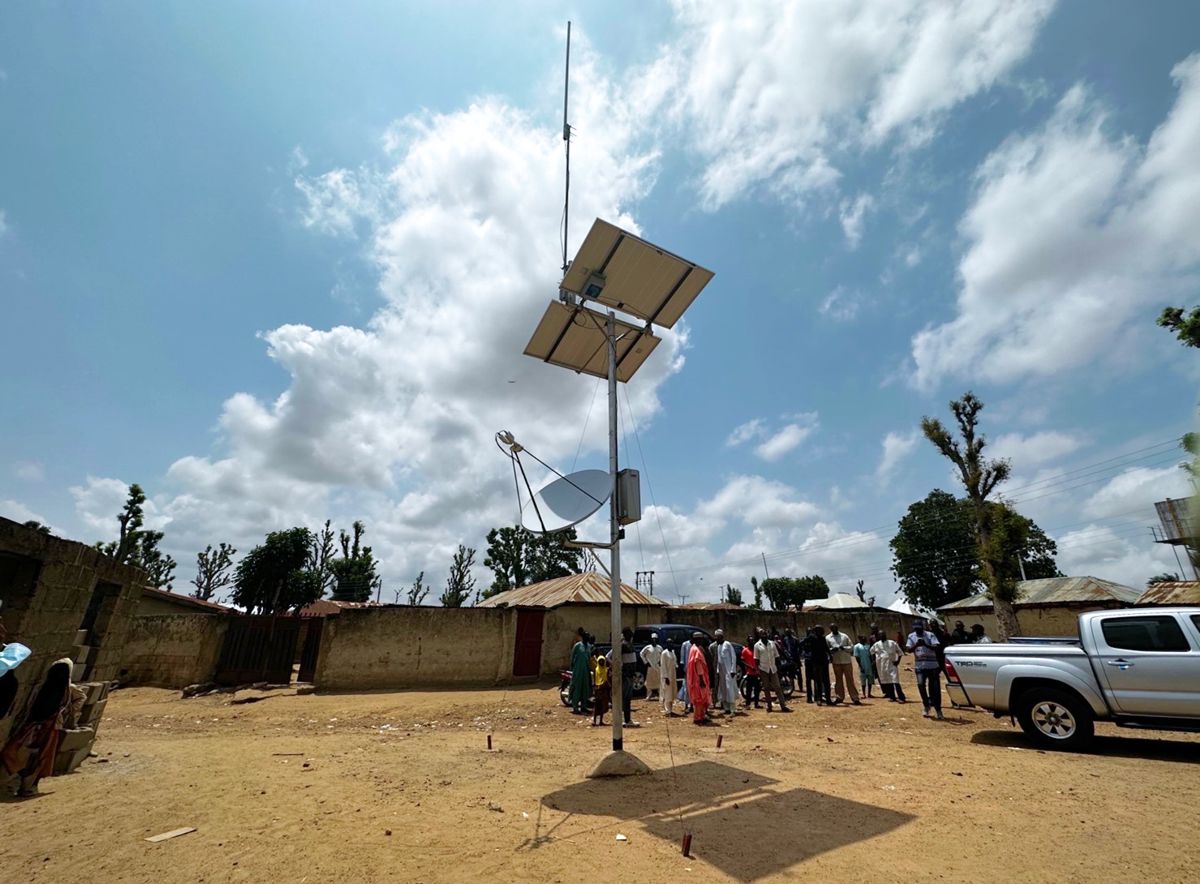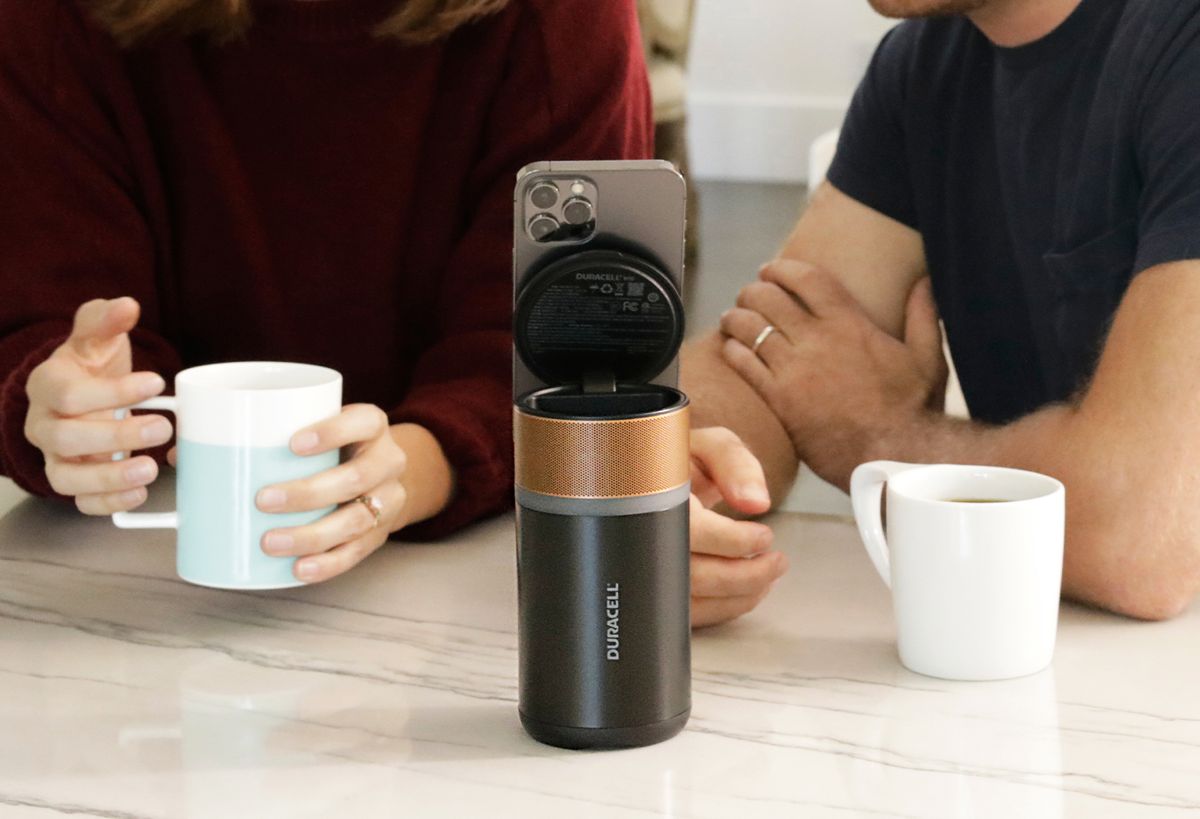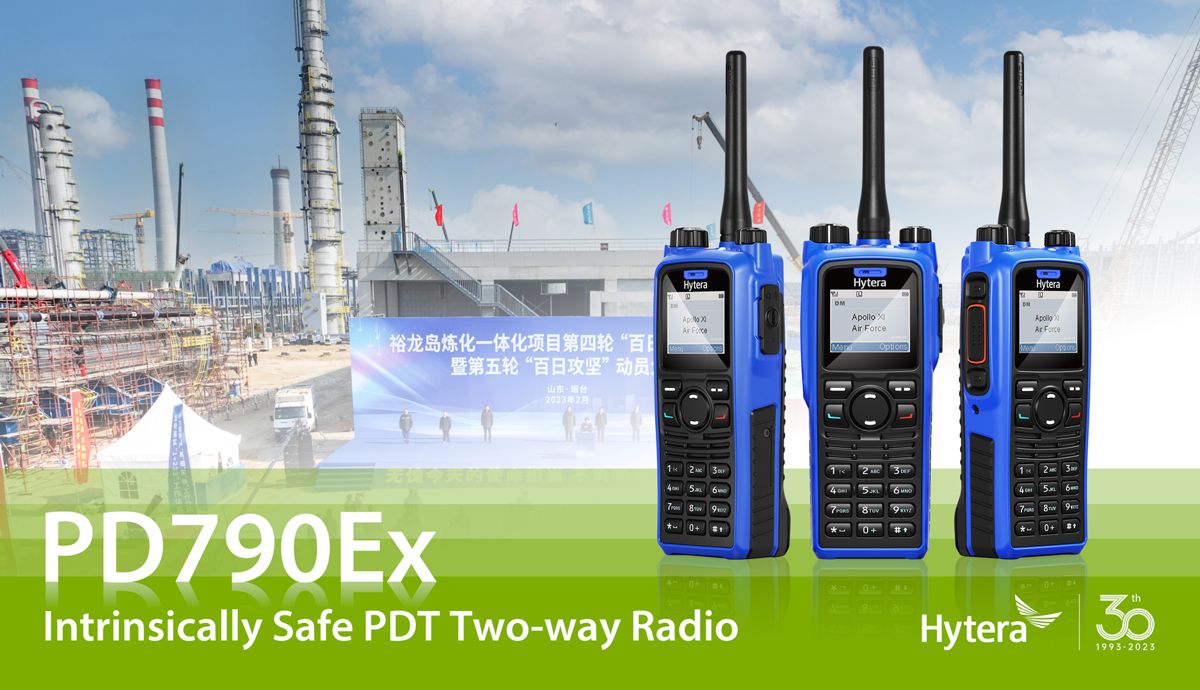GKD Technologies safeguarding both man and machine
GKD Technologies is a leading provider of systems designed for safeguarding personnel and machines. The company, based in the South of England, was founded by current CEO, Nick Ground in 1992. Here Nick Ground talks about the company’s origins and the journey to global success…
Nick’s background was firmly in electronic engineering, and on leaving university, he began working for a company called Litewate, who were just beginning to look at excavator safety on behalf of the H&S Executive. Nick headed up the electronics team and developed the first version of the rated capacity indicator (RCI) for excavators.
He soon recognised an opportunity and in 1985 he bought the design from the company and started a new business providing excavator RCI’s. Nick said, “In the excavator rated capacity world I am occasionally credited with the title of the RCI’s original inventor. In my first role, following university, I developed the system from the original concept, the electronics, mathematics and designed all the software.”

What was the thinking behind developing the system?
“The original idea for the RCI was prompted by the fact that all cranes had to have an indicator to lift – this was a regulation written in the 1939 Factories Act.” Said Nick. “The construction sector was beginning to use excavators more and more in place of a crane for lifting. An excavator is capable of multi-tasking – it’s able to dig the hole, lift and place the pipe (for example)! However, they did not have an indicator for safe operation to protect man and machine.”
Nick saw this as a huge gap in the market and an opportunity to develop a product specifically for this purpose. “There was legislation in place, there was a hole in the market and there was a need to fill it.” Said Nick “Excavators if overloaded – will fall over or sink into the ground. All operators claim they can ‘feel it in the seat of their pants’ – however the truth of the matter is when they can feel it – it’s quite often too late.” Added Nick.
First customers and company expansion.
The company’s first customers were not excavator manufacturers but lorry-loader manufacturers including Palfinger, Atlas and British Telecom, who had a large fleet of lorry-loaders which had the GKD RCI’s installed.
GKD’s real growth began in the early 2000’s when the company was approached to design a RCI specifically for the rail industry. There was three-way collaboration between a UK rail specialist, an American excavator manufacturer and GKD. Together they produced a rail-specific rated capacity indicator, which was launched to market in 2005. The new RCI was equipped with a number of industry first features – including continuous variable load rating, intelligent motion control and a touch screen display.
The first company to take the new rail RCI onboard was Philmor Engineering and rail customers Hydrex. GKD experienced rapid growth as the company also offered collaborative work with their customers for maintenance and training. Nick reported, “With this new system we went from zero in the UK rail sector market to taking the lions share with 80% of the market in a space of about eight years. The rail industry has been our biggest success area thus far.” Claimed Nick. GKD are still the market leaders in the rail sector and continue to innovate by providing industry firsts such as lift planning software.

GKD and the Civil Sector
GKD were so busy in the rail sector the construction market took somewhat of a back seat, however, in the last 6-8 months the company has been actively promoting its systems such as overload warning, height limiting, slew limiting, and other motion control products – and the civil side of the business is showing real signs of growth and is very busy. Excavator manufacturers and plant hirers, including Lynch Plant, have been retrofitting the GKD safety systems to their machines. Much of this demand stems from the construction industry’s needs to meet the increasing compliance requirements for human and machine safety and protection.
The GKD range of products
GKD has recently launched a brand-new Sensor Height & Slew system, which has been designed for construction job-sites, where machines, especially excavators are operating in restricted areas and height-confined spaces.
The Sensor Height & Slew product line offers the ability to monitor and control height, or slew, or a combination of both – helping the operator create a failsafe exclusion zone and allowing them to maximise the capability of their equipment, so they can continue to work safely.
The company has also recently upgraded its 2RCI model. The latest rated capacity indicator is designed to increase safety during lifting operations. In response to changing requirements, especially for Highway construction, this latest version offers the option of a Virtual Wall’ function.
The virtual wall or envelope control function can be programmed to the safe parameters of the machine’s required working area, working in conjunction with the slew and height control – this prevents the excavators boom operating outside its safe-zone.
Another design success for GKD was the introduction of the Proximity Warning System – which again was about innovation and moving into a new market sector and looking at the burning safety issues in the industry. Nick said, “We (GKD) invented our PWS system in 2012. The introduction of the system was inspired by the increasing level of incidents, fatalities and injuries of workers around site machinery. Some of the big players in the industry approached GKD and asked if we could design a system that would stop these incidents from happening?”
Nick added, “We are in a very strong position in the UK market with our PWS system. Again, we brought innovation with our product which included a very long battery life on tags, data recording and an audit trail. Also, the ability to control the machine when someone comes close whereby the machine will cut off.”

Distribution channels
GKD design all the safety systems in house and its products are sold internationally via a network of dealers and distributors. The Proximity Warning System is distributed via UK partners Ongrade. The GKD Road Rail Vehicle (RRV) electronic safety systems are sold directly to manufacturers and converters of the rail machinery worldwide by GKD.
All change at GKD with new team members
There have been a few changes at GKD in recent months, which is helping grow the business and increase its market share across the board.
Robert Bullen has recently joined the company as COO (Chief Operating Officer). Rob comes from a corporate background and has worked with companies such as Ford and Virgin. He has joined the company to oversee the general running of the business which has allowed allow Nick to concentrate on innovation and new market opportunities.
Also new to the team is Nigel Baseley who has also joined GKD as Sales & Marketing Director. Nigel retired from Perkins Engines around 2-years ago, however, Nick lured him from retirement to assist the company with its expansion in the construction market.
GKD now boasts a team of 22, of those seven are dedicated design and software engineers working across the range – the engineers also form the R&D department.

The future of GKD Technologies
Nick said, “We see real and exciting opportunities in automation and the use of performance data, life cycle and different business models for what we do and what we are offering.”
Nick continued, “For example, we are looking at the prospect of using remote data access on proximity warning systems, so you can see how many incidences there were, where and when.
This information can be overlaid on your site highlighting the danger zones – this allows you to remodel and remove danger zones. The use of data taken from our systems to inform, will help design the construction sites of tomorrow.”
Nick concluded, “The recent CEA innovation conference encapsulated a lot of the same thinking in terms of big data and predictive working that GKD is working on including big data, algorithms and predictive site layouts.”




